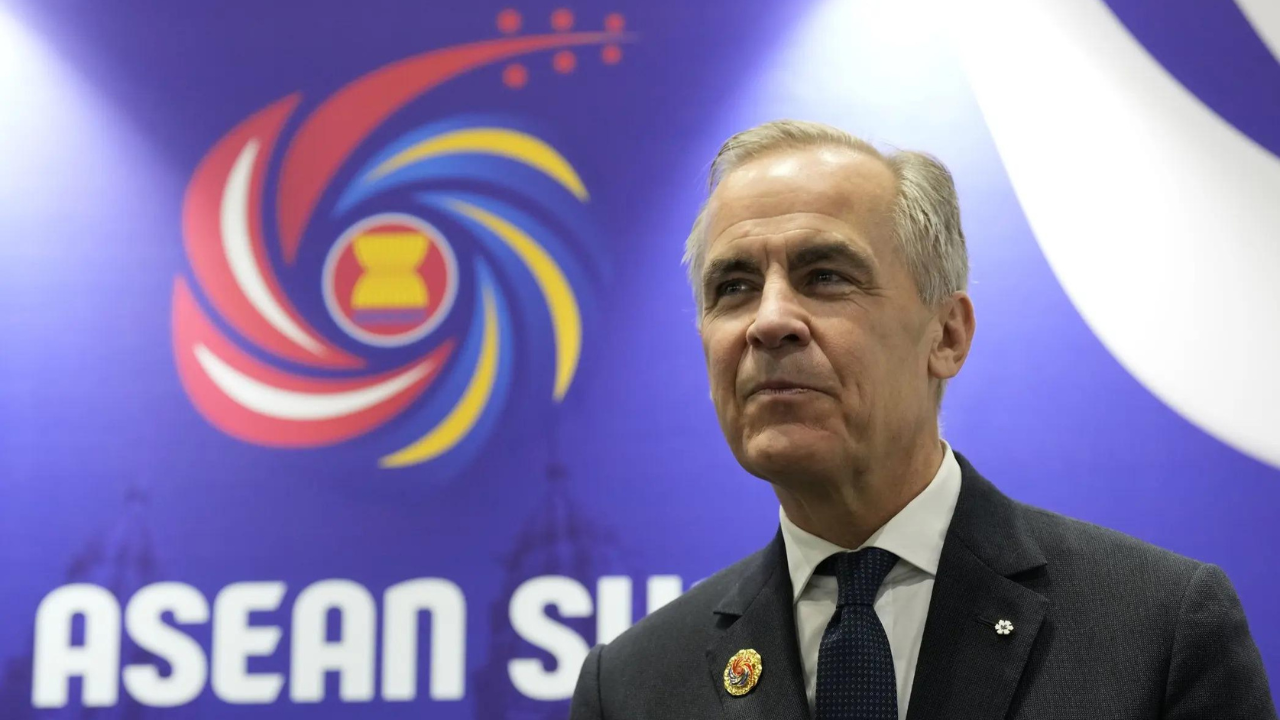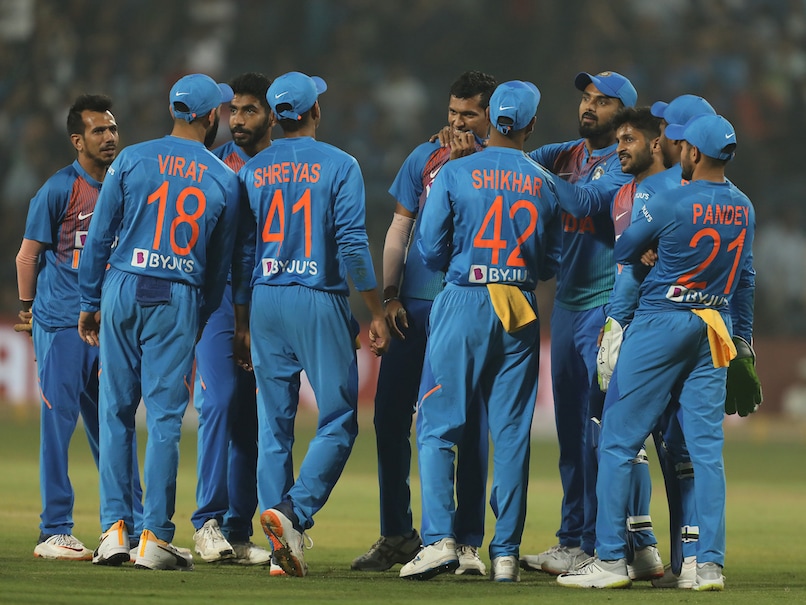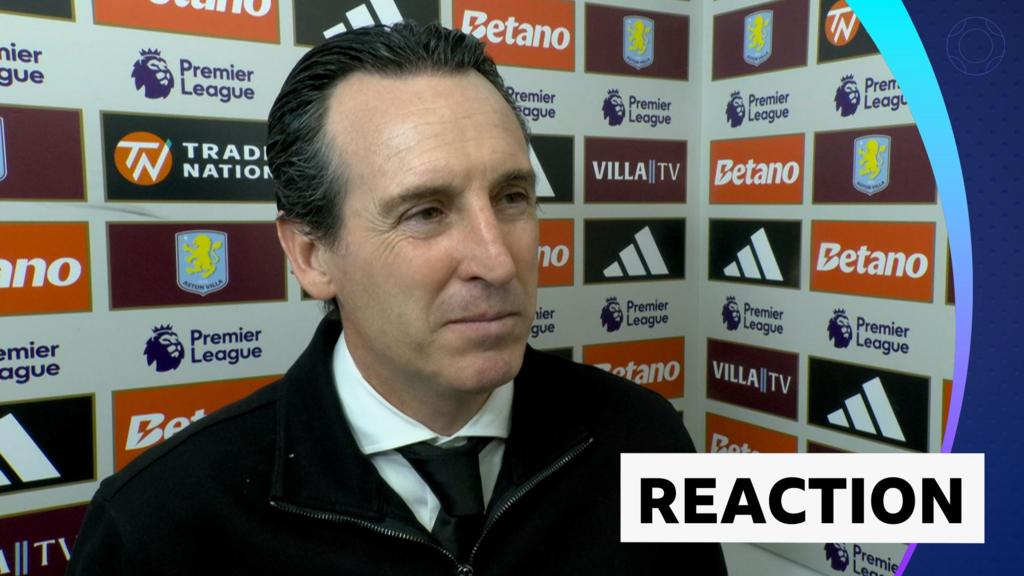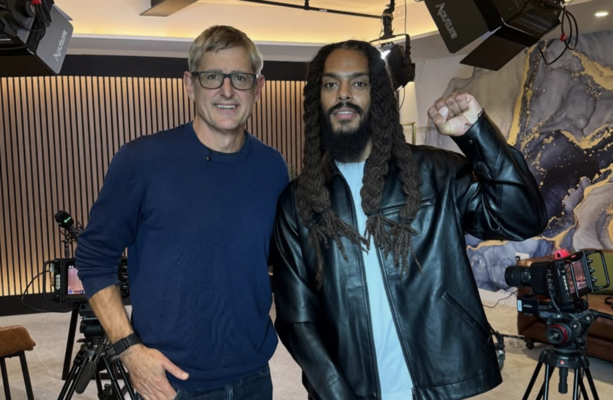Technology
AI Could Wipe Out 80% of Marketing Jobs in Five Years
This program features TV Tokyo announcer Emika Furuhata putting a series of questions about marketing to Nishiguchi, a well-known figure in the field. The goal is to help business professionals understand marketing fundamentals and practical applications in an accessible way. The project is a collaboration between TV Tokyo’s Teleto BIZ and Nikkei Cross Trend, a digital media outlet focused on marketing.
Nishiguchi is president of Strategy Partners and Wisdom Evolution Company. He previously led marketing at companies including P&G, Rohto Pharmaceutical, and L’Occitane Japan, and has advised more than 300 companies. He is known for his “N=1 analysis” approach, which starts by deeply understanding one individual customer and building product and service strategy from those insights. Furuhata is an announcer with TV Tokyo.
Asked for his reaction to Google Marketing Live 2025, Nishiguchi said his first impression was confusion — Google presented a series of individual tools and functions, and at first it was not obvious how they connected. But after watching the whole thing and thinking it through, he said he felt “shock,” because it became clear to him that Google is trying to take over “the entire world of marketing.”
In his view, this is not just about AI replacing certain human tasks. It is about AI collapsing the distance between a product and the person who will buy it — and doing so across every layer of marketing, from awareness to conversion to payment to even surfacing needs the customer has not yet put into words.
Nishiguchi said, “I’ve been working for 36 years trying to close those gaps manually. And now I’m convinced this work won’t exist anymore. Within five years, around 80% of the work currently called ‘marketing’ will disappear.”
He added that he does not like making predictions because people later complain that forecasts were off, but given the current speed of AI development by companies such as Google, Microsoft, and OpenAI since May, it is “highly likely” that most routine marketing jobs will be automated inside five years.
What exactly is being automated? Nishiguchi explains marketing as the act of narrowing five types of “distance” that exist between what a company offers and what a customer wants. He describes business as the pairing of “who” (the customer) and “what” (the product or service), and says money flows when the customer perceives real value in the product or service. But that exchange does not happen instantly — there are five kinds of distance that must be shortened.
The five distances are:
Recognition distance: whether the customer even knows the product exists, or understands its value.
Communication distance: whether the company can deliver the right message to the right person in a persuasive way.
Distribution distance: whether the customer can easily obtain the product at the moment they want it.
Transaction distance: how easily the customer can complete the purchase.
Latent-need distance: helping the customer realize needs they have not yet put into words.
Nishiguchi argues that all real marketing work is, in the end, an effort to shorten one or more of these distances, using budget, data, channels, and labor. What stunned him about Google’s announcements is that Google is now positioning itself to compress all five distances, end to end, using AI.
On recognition distance: Until now, a user typed a search query into Google, saw a list of links and ads, clicked, refined the query, clicked again, and so on. That loop — search, skim, repeat — was where marketers fought for attention and inserted ads. Google is now moving toward “AI Overviews,” in which Google pre-assembles an answer: it predicts what you are likely trying to learn and simply presents a synthesized, proactive response at the top of the results. Instead of you digging through multiple sites, the platform surfaces, in one shot, “Here’s what you need.”
Until recently, many people in the industry assumed Google would not fully commit to this model because it risks reducing the number of traditional ad placements, and therefore threatens Google’s core ad business. Nishiguchi said the surprise is that Google appears willing to disrupt even its own revenue structure — which suggests that it already sees a viable path to keep the business running profitably under the new model, rather than acting out of idealism.
On communication distance: Traditionally, digital marketing teams spent large amounts of manual effort configuring campaigns, choosing keywords, defining target segments, designing banner ads and listing ads, producing and testing multiple creative variations, and gradually shifting budget toward what performed best. Google is now proposing to automate this entire workflow.
Systems such as Asset Studio, Power Pair/Power Pack, and Creator Partnerships Hub (introduced as part of the recent announcements) point toward a pipeline where you feed basic information about a product — a few images, product specs, and a short description — and the AI will generate ad copy, visuals, formats, and localized variations. It will then test creative variations automatically, learn which versions actually convert, and expand reach to similar audiences without human micromanagement.
Nishiguchi gave a simple example: Suppose you invent a new pen that fits perfectly in the hand, reduces strain, and feels like an extension of your body. You are not even sure who the ideal customers are yet. Under the traditional model, you would build different ads, guess at target demographics, buy some clicks, and iterate by hand. Under the AI model, you load product information and initial assets, and the system not only generates the ads and copy but also learns from early sales, figures out who is buying, and then automatically scales to find more people like them. It can even expand to overseas markets and automatically present the pitch in the local language, all without you manually instructing it country by country.
In other words, the act of “who should we target, what message should we show them, and which creator should present it?” is no longer a full-time human job. The platform itself decides, produces, matches, and runs.
He also noted the emergence of creator matching. Short-form video creators and influencers already drive product discovery, and viewers increasingly decide where to shop based on short videos rather than traditional search. Google is moving toward automatically pairing suitable creators with suitable products, while also using engagement and trust metrics to filter out low-quality creators. Nishiguchi said this implies a world where weak products that were once pushed with “hype marketing” will struggle to survive, because systems will continuously match high-performing creators with genuinely compelling products.
On distribution distance: Consumers increasingly expect “I want it now, wherever I am.” E-commerce and global logistics have already shortened this gap, but AI is positioned to push it further. Nishiguchi’s view is that Google is heading toward a model where, if there is demand for a product, the system will simply surface ways to get it to that person in their country, in their channel, in their preferred buying context — without the brand having to orchestrate channel strategy country by country.
On transaction distance: Payments, too, are being compressed. Nishiguchi pointed to how payment has evolved from cash, to cards, to tapping a transit gate with a smartcard or phone, to a near-future model where you simply walk through a gate and facial or biometric recognition handles settlement in the background. He described this as the same kind of friction removal: no wallet, no card, no QR code, no checkout step. AI ties identity to authorization and clears the purchase.
On the final distance, latent-need distance: This is where Nishiguchi thinks the change becomes almost eerie. Up to now, consumers had to articulate what they wanted, then search for it, then compare options. The emerging model flips that. The system can infer what kind of experience you are likely to want — even before you fully know it yourself — and then assemble and sell it to you.
He uses travel to illustrate this. Today, if you say you want to ride scenic mountain railways in Switzerland, hike in alpine air, and spend quiet time in nature, you might watch YouTube videos, read blogs, and then try to assemble lodging and transport. In the AI-driven model, you would instead be fed an automatically built plan: here is the route, here is the scenery, here is the timing, here is the cost, here is the packing list for that season and altitude (for example, a warning about humidity or temperature), and here is the “add to calendar / pay now” button. The system would even propose experiences you did not explicitly request but that people “like you” tend to love, effectively surfacing unspoken desires and converting them into booked revenue.
He argues that this is not science fiction on a 10-year horizon. It is a multi-year horizon. The fact that Google is openly moving to close all five distances — awareness, messaging, availability, payment, and subconscious desire — means the traditional marketing organization, which once existed to close those gaps by hand, will shrink.
For consumers, Nishiguchi said, this future is convenient: “Only the good stuff finds you,” and you spend less time searching and less time worrying about being misled by mediocre products. For marketers, he said, it is “frightening,” because AI systems that never tire, never stop testing, and instantly translate and distribute globally will outperform most human teams at the routine work of campaign planning, creative production, targeting, media buying, localization, creator outreach, funnel optimization, and even product positioning.
Nishiguchi concluded that in practical terms, if Google succeeds in what it has just begun to build, most of what people today call “marketing work” will either be compressed to near-zero human labor or vanish entirely.
Source: テレ東BIZ


















